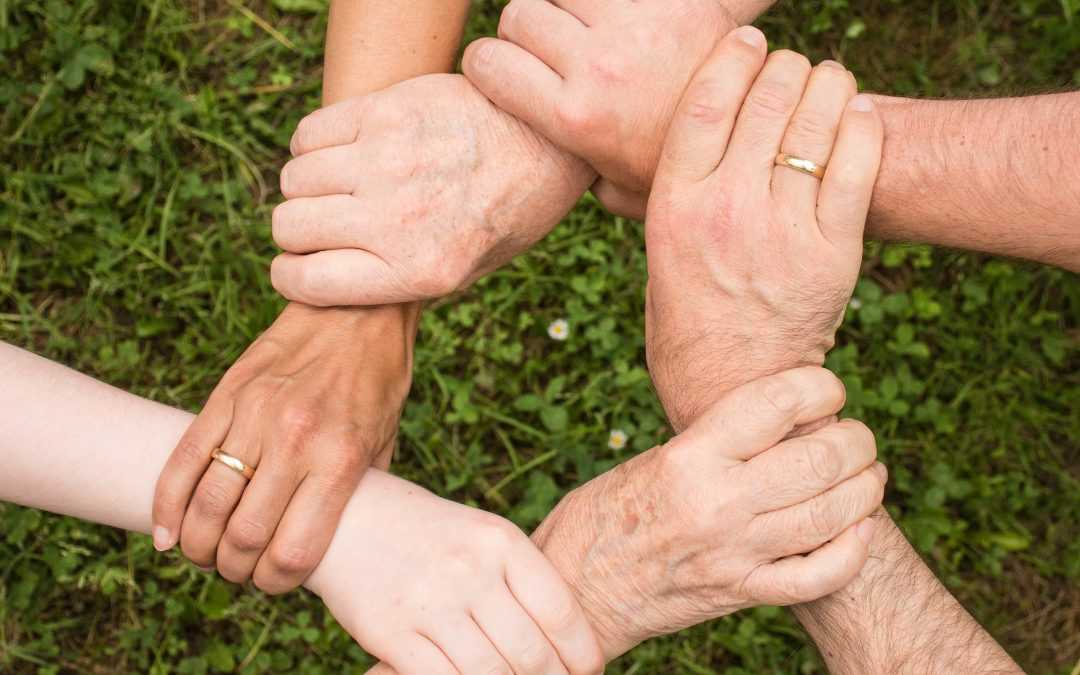Every non-profit health system wants to improve overall wellness and health outcomes for the communities it serves. Every 3 years, non-profit hospitals and health systems are required to complete a Community Health Needs Assessment (CHNA) to maintain their tax-exempt status. This assessment is important in understanding the unique health issues within a certain area or population.
Even though your foundation supports the overall mission of the health system, tying your foundation efforts to specific causes identified in the CHNA can be a game changer in increasing your donations and involving more patients in the health system’s mission. Since health systems are community-based, it’s very important that the CHNA identifies causes that matter to the community. This becomes a perfect opportunity to increase awareness and buy-in to all interested parties within your community. The more engaged interested parties become in the mission (and not just wealthy, grateful patients), the more likely everybody can have an impact to improve health outcomes for their community.
For example, in the CHNA of a health system in the southeast, one of their overall goals was to improve access and affordability to healthcare. As part of this, their goal was to provide medication assistance for uninsured or underinsured individuals who experience financial hardship. In 2018, 22,000 patients had prescriptions filled for nearly $1 million. By tying your donation efforts to specific causes such as medication assistance, stakeholders in the community are more likely to listen and donate vs. ignoring your outreach on the overall mission of the health system.
Another example, one health system realized that nutrition is an important determinate in health outcomes so by sharing the challenge and asking for community buy-in, they were able to provide patients with additional nutrition resources including access to nutritious food at discharge.
While it seems like a no brainer, many health system foundations haven’t used this strategy in bringing in more donations from other prospects. Most are using wealth screening technology that targets only a wealthy subset of the population. Many of these screening tools derive their results from the same demographic data so you end up competing with other non-profits for the same prospects. It is a race to see who can get there first. However, by using the strategy of expanding your outreach to more prospects and tying them directly to a common community cause, you will improve your donation conversions and increase awareness for important causes.


Recent Comments